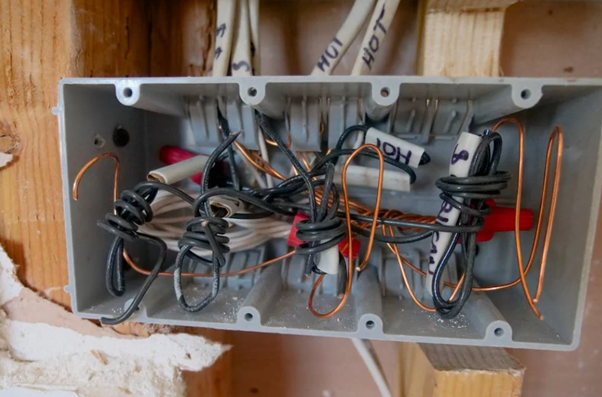The Importance of Companies Investing In Indoor Air Quality for Their Employees
Americans spend about 90% of their lives indoors, and much of this time is undoubtedly in an office. Five days a week, workers sit in the same space breathing the same air for eight long hours. This air recirculates without letting so much as a breeze into the building, especially in the middle of summer or winter, when temperatures are extreme.
While keeping the office closed off in a tight envelope increases HVAC systems’ efficiency, relentlessly recirculating the same air can result in poor air quality and impending health issues for employees. Indoor air pollution effects may include respiratory disease, headaches, nausea, fatigue and even heart disease and cancer. Improving indoor air quality, then, may reduce the risk of developing these side effects, benefiting both employees and their companies.
Minimises Allergies
Allergy season is here, and, for many, it lasts all summer. In an attempt to minimise their symptoms, employees may try to stay indoors as much as possible. However, doing so won’t make much difference if the office air conditioning system recirculates air containing dust, dirt, pollen and other allergens. Of course, this constant barrage of irritants can cause itchy throats, sneezing, watery eyes, runny noses and a slew of other reactions that can distract employees from the daily grind.
Encourage good air circulation and minimise employees’ exposure to allergens by installing an air purifier or cleaner. Such a system will help remove particle pollutants from the air and allow everyone in the office to breathe easier and get more work done.
Increases Safety
Investing in indoor air quality will also keep employees safe from illness, infection and disease. Prioritising safety in this way is especially important right now as the coronavirus can remain active in indoor air for up to three hours. To do so, companies will have to rethink their ventilation. In most cases, office spaces have one central ventilation system that blows the same air across the entire floor, potentially blowing the disease through every cubicle there.
To effectively prevent the spread of COVID-19, companies will have to divide their ventilation systems to contain the airflow in each room. Additionally, employers might use negative pressure systems to remove contaminated air and circulate fresh air instead.
Improves Productivity
In addition to safeguarding employees, prioritising indoor air quality can also benefit employers. As it turns out, clean air boosts worker productivity. The fresh air — either from outdoors or a purifier — improves their ability to process information, allowing them to make faster, smarter decisions. The clean air might also keep them from feeling sleepy midday as, typically, excess carbon dioxide can make one feel drowsy and lose concentration.
Naturally, if employers invest in something that’ll improve employee productivity, their bottom line will benefit. If workers can get more done, the company will make more money in the long run. Thus, the price of indoor air purifiers and quality ventilation may be more than worth it.
How to Improve Indoor Air Quality
With so many benefits to improving indoor air quality, doing should be a no-brainer. How can an employer accomplish this, though? Aside from investing in a new HVAC system and air purifiers, they can install windows that open to let in the fresh air. Additionally, they might incorporate plants into the office decor. Leafy greens automatically remove carbon and produce oxygen, and some — like snake plants and English ivy — remove toxins from the air.
Employers might also minimise employees’ exposure to chemicals and irritants in the workplace by using natural cleaners. Limiting the use of aerosol products can reduce the number of chemicals in the air, as well. Of course, these solutions may require a small initial investment, but they’ll pay off as employees grind out more work and take fewer sick days.
Emily Folk is a conservation and sustainability freelance writer. Check out her blog, Conservation Folks, or follow her on Twitter for the latest updates.
















